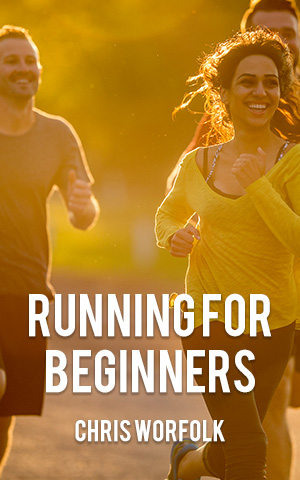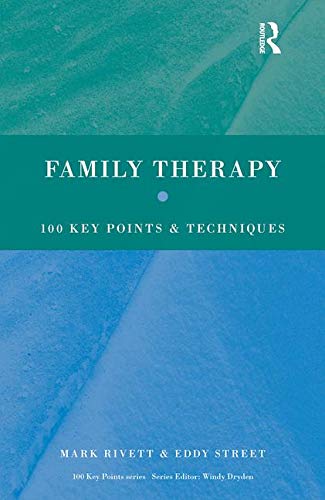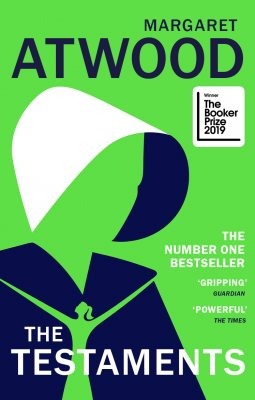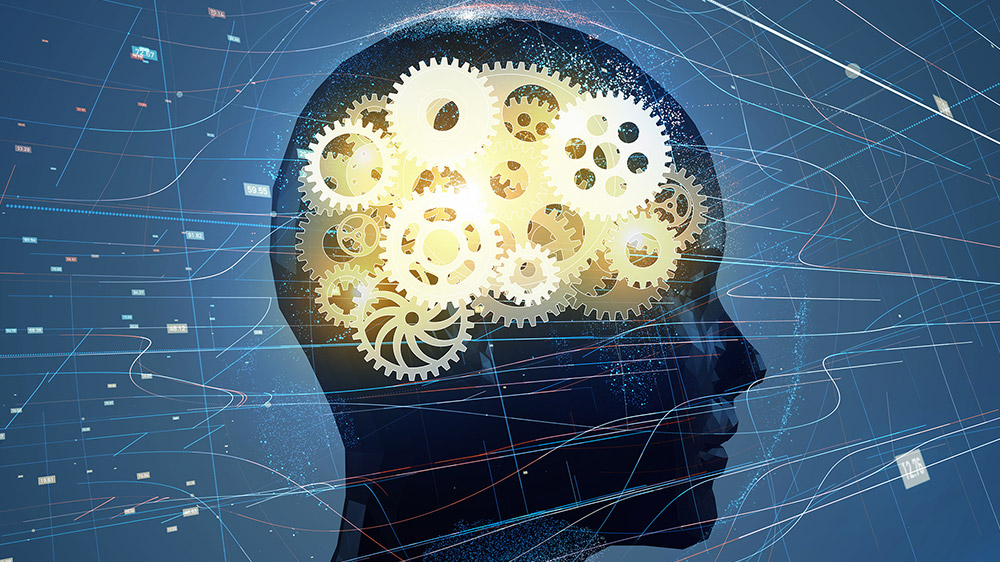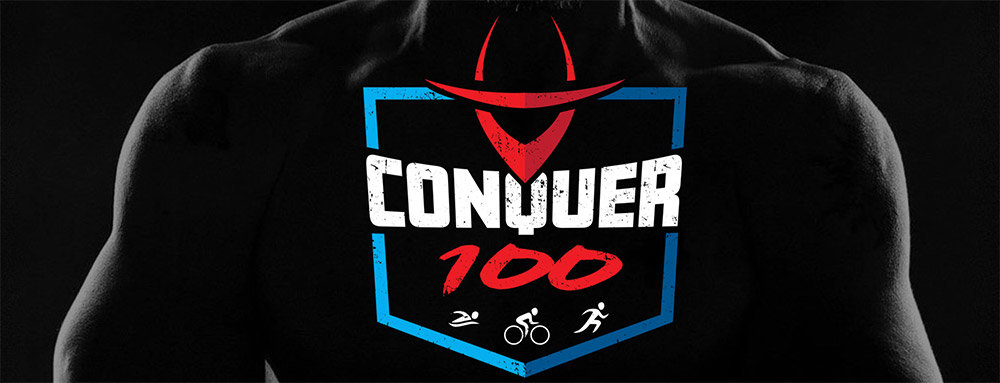
James Lawrence, better known as The Iron Cowboy, is the triathlete that completed 50 Ironmans in 50 days (the 50-50-50) and is now on a new challenge: #Conquer100. Which, as you might guess, is an attempt to do 100 Ironmans in 100 days. All of this is amazing and in this post, I want to focus on just one area of that amazing which is how much he needs to eat.
I don’t actually know what he is eating other than a few social media pictures but just calculating the numbers makes suggests that his is truly a test of GI tract endurance. Here is why.
Calories burnt
Lawrence is posting his Garmin workouts as he goes and he is burning around 5,900 to 6,800 kcals per triathlon, which is taking him somewhere between 16-18 hours. Then there is the 6-8 hours he is not racing, most of which is sleep, so we can assume another 600 kcals of basal metabolic activity on top of that. Therefore, he is probably burning through around 7,000 kcals per day.
Which means he needs to eat 7,000 kcals a day. And because he is mostly racing when he is not sleeping, most of that needs to be done while he is doing the triathlon.
Could he run a calorie deficit?
One option would be to eat less than he is burning. Except this is not an option in Lawrence’s case. Because he is doing it for 100 days.
Even a modest deficit of 500 kcals per day (modest when you are burning 7,000) would cause him to lose 0.5 kg per week. But he is doing it for 14 weeks, so that is 7kg he would lose. He probably only has around 7kg of body fat on him at most and we need some body fat to live. Men can get down to around 2-5% and still be okay, but when you only have 10% body fat, you cannot lose 10% body fat and except to survive. Of course, he could also lose muscle but that is a pretty bad idea when you are trying to do an Ironman every day.
In any case, he isn’t going for this strategy as he has been posting his weight in his daily updates and gained a little bit of weight over the last week.
Okay, so gels then?
One of the big challenges is that he needs to eat a lot of this while doing the triathlon.
Typically, we would minimise eating while exercising because the body needs to shift blood flow and energy to the muscles and so if we try and force it to digest food at the same time we end up with stomach cramps. To offset this risk we would typically use gels: they are made up of glucose and fructose that the body does not need to break down because it is usable energy.
In comparison, we would avoid eating protein because proteins are long chains of amino acids and so the digestive systems need to break these down into individual amino acids before it can use them.
But in Lawrence’s case, gels are not an option. First, his body physically could not process them fast enough. The perfect ratio is a 2:1 mix of glucose to fructose that allows us to take up 90 grams per hour (360 kcals). To get through 7,000 kcals per day, he would need to take a gel every 20 minutes for 20 hours per day. He is not awake that long.
Also, who could stomach 60 gels per day? And no, he can’t mix it up with anything else because nothing else has the magic 2:1 ratio of glucose and fructose. Start eating sugar out of a bag, for example, and it is not as effective because its a 1:1 ratio and the body needs to cleve the table sugar in two to get each part.
The only way to get the energy content in then is to rely on protein and fat to avoid the 90 grams per hour barrier.
Second, a pure sugar diet would not work because he needs to rebuild the damage in his muscles constantly. Typically, we would go out and do a hard race and worry about eating protein after as our muscles recovered. If this process took a few days, it no big deal because our races are widely spaced. But if you are doing nothing but sleeping and racing for 100 days, you don’t have this luxury. The body can only handle 20 grams of protein at a time and functions best when it gets these protein shots 5-6 times per day.
The iron stomach
In summary, he needs to eat around 400 kcals per hour, every hour, from a mixture of protein, fat and carbohydrates, and leave himself enough energy to digest all of this while swimming, cycling and running.
While 400 kcals is not a heavy meal, it is clearly a meal, compared to an energy gel (typically around 100 kcals) or energy bar (maybe as high as 200 kcals if you get a big one) and then he has to race on that basically all of the time.


